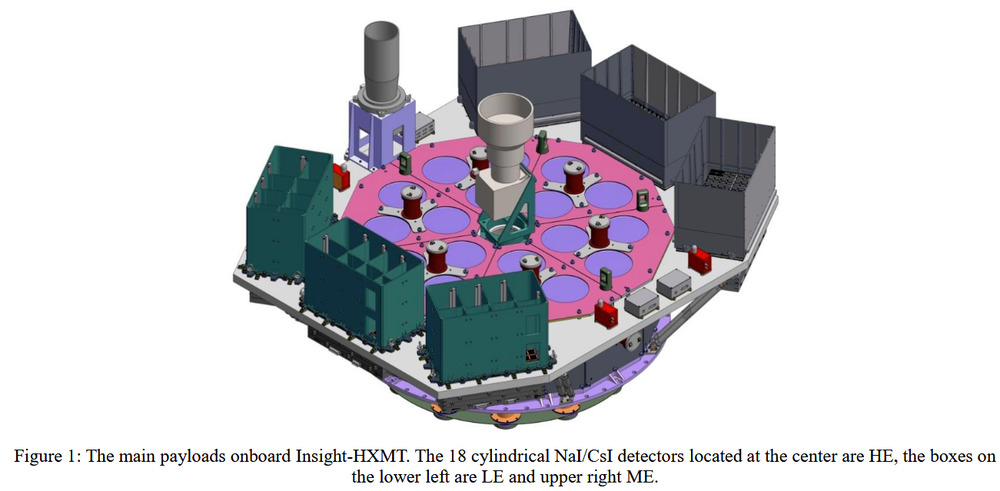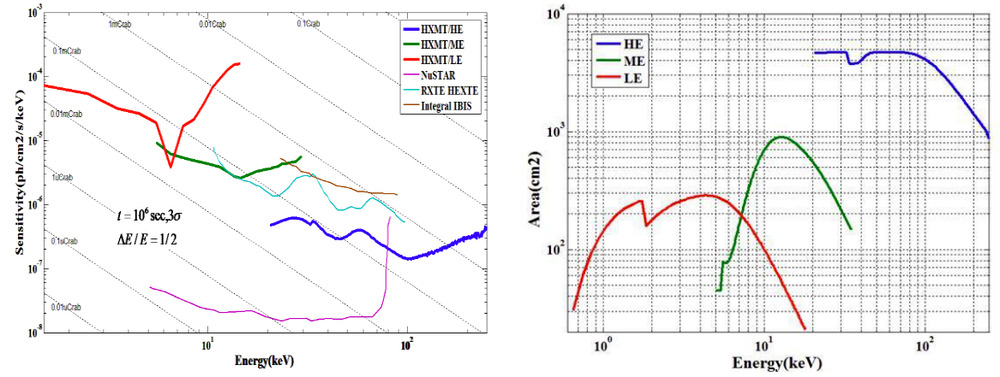Tau.Neutrino said:
A new measurement record for strongest magnetic field in universe
Neutron stars have the strongest magnetic fields in the universe, and the only way to measure their surface magnetic field directly is to observe the cyclotron absorption lines in their X-ray energy spectra.
more…
> The Insight-HXMT team has recently discovered a cyclotron absorption line with an energy of 146 keV in the neutron star X-ray binary Swift J0243.6+6124, corresponding to a surface magnetic field of more than 1.6 billion Tesla.
I’ve heard about the huge magnetic fields of magnetars. It never occurred to me to ask how such magnetic fields are measured.
It’s been said (Scientific American) that these high magnetic fields are almost sufficient to tear apart the fabric of space-time itself.
> Insight-HXMT is the first Chinese X-ray astronomy satellite. It comprises scientific payloads including a high-energy telescope, medium-energy telescope, low-energy telescope, and a space environment monitor. Insight-HXMT has advantages over other X-ray satellites in terms of broadband (1-250 keV) spectral coverage, large effective area at high energies, high time resolution, low dead-time, and no pile-up effects for bright sources, thus opening up a new window for observing black holes, neutron stars with hard X-ray fast transitions, and energy spectrum studies.
Nice.
> a cyclotron absorption line with an energy of 146 keV
How does this compare with other magnetars?
> the X-ray binary system GRO J1008-57, corresponding to a surface magnetic field of 1 billion Tesla and spectral line energy of 90 keV.
> spectral line energy of 100 keV.
> A magnetar is a type of neutron star believed to have an extremely powerful magnetic field 1 billion to 100 billion Tesla.
This paper in ArXiv is worth a brief look. https://arxiv.org/ftp/arxiv/papers/1910/1910.04434.pdf
There are three separate detectors on board. LE = low energy, ME = Medium energy, HE = high energy.


There have always been difficulty in focussing X-rays. Grazing incidence reflection is commonly used.
It may not be used here. Instead, the field of view may be determined simply by the geometry of a box shaped detector (ie. the collimator), the incoming radiation viewed the incoming radiation viewed much be along the long axis of the box. Superb for spectra because each box can be a different wavelength and Insight-HDMI has roughly 1,500 collimators which suffices to give a very detailed spectrum. But is lousy for imaging. That’s OK for X-ray because X-ray sources are widely spaced in the cosmos so the chance of interference between two nearby ones is small. And even if two are within the same fireld of view, they’re likely to be radiating at different frequencies.
Note that HE goes up to about 230 keV, so Insight-HDMI has the capability to find even higher magnetic fields.
Sensitivity/accuracy for the three instruments over the entire spectral range.
